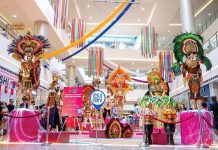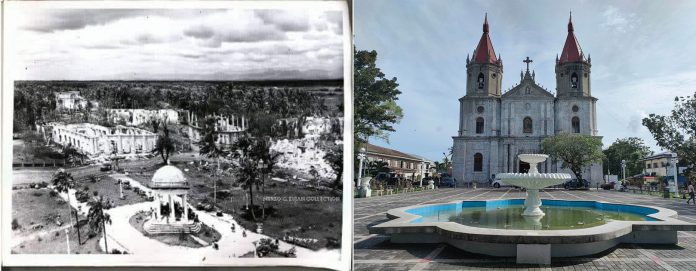
Iloilo City is one of the highly-urbanized cities in the Philippines today and is continuously on an upward trend in terms of commerce and tourism.
Let us not forget about the several museums here, scrumptious food, clean and tranquil surroundings, and green spaces like the esplanades.
The City of Love is filled with high-spirited and warmhearted Ilonggos. You will inevitably make a friend with one during your stay here over the Dinagyang Festival.
Dinagyang Festival is Iloilo City’s biggest religious and cultural celebration, held every 4th weekend of January in honor of Señor Santo Niño.
With all these developments, can you imagine what Iloilo City in the distant past was like?
Most of the visual documentation of the city’s past could be seen in a book and Facebook page called “Casanave: An American Photographer in Iloilo” by Mr. Nereo Lujan.
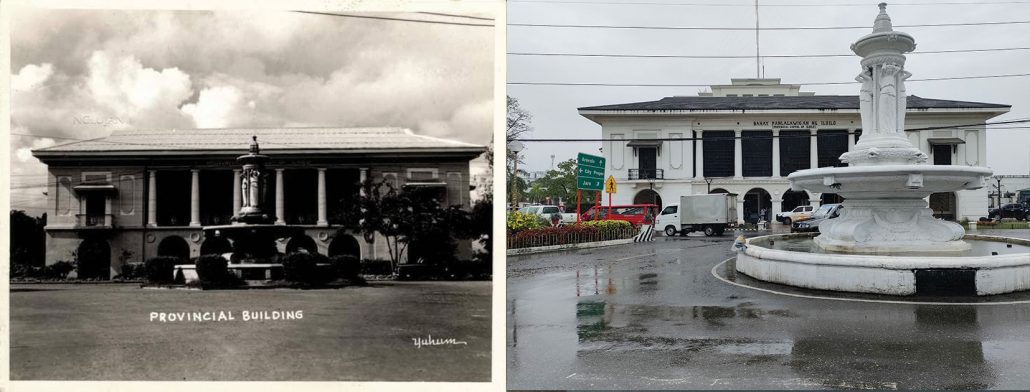
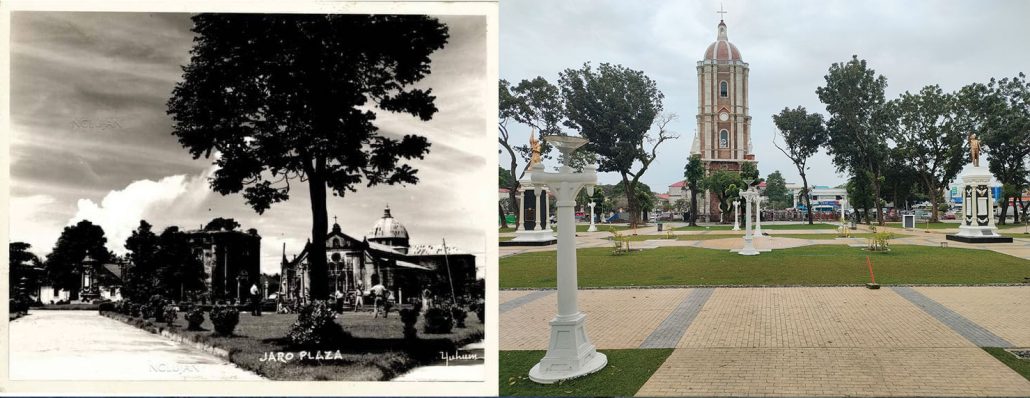
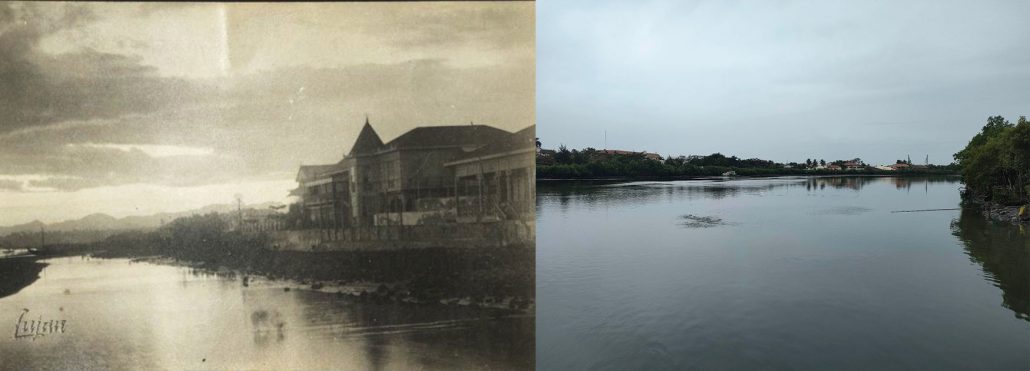

Lujan is the Public Information and Community Affairs Office (PICAO) chief and resident historian of the Iloilo provincial government.
Researching and collecting photos of landmarks, sites, or anything under the sun in Iloilo City’s past became Lujan’s avocation.
Through this, he said, he can narrate to Ilonggos how beautiful and dignified Iloilo has always been.
“These are mute witnesses to the glory of Iloilo during the American period,” Lujan said.
He mainly shares his finds on social media to raise awareness among his fellow Ilonggos, especially the city’s younger generations, of its rich history.
Some of these are being endeavored to be preserved by the Iloilo City Government, together with the national government agencies such as the National Historical Commission of the Philippines (NHCP), the National Commission for Culture and the Arts (NCCA), and the National Museum of the Philippines.
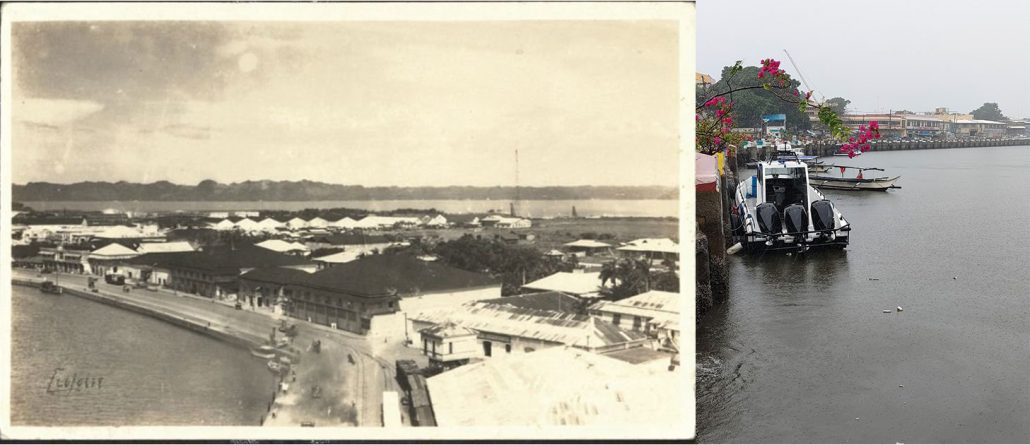
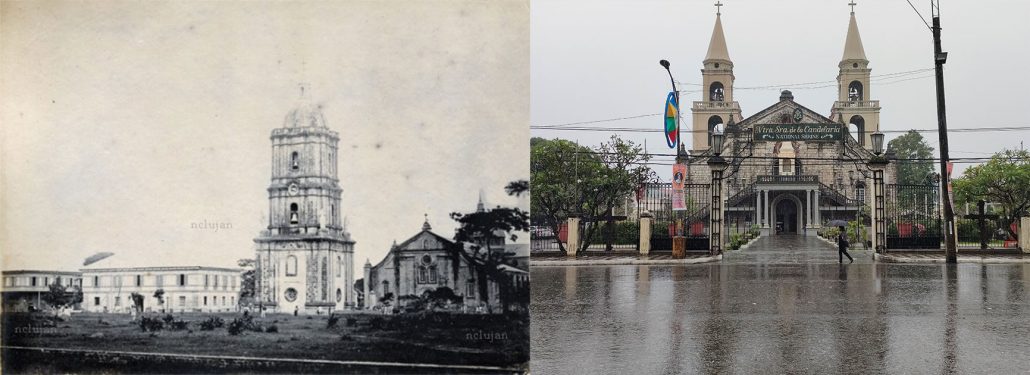
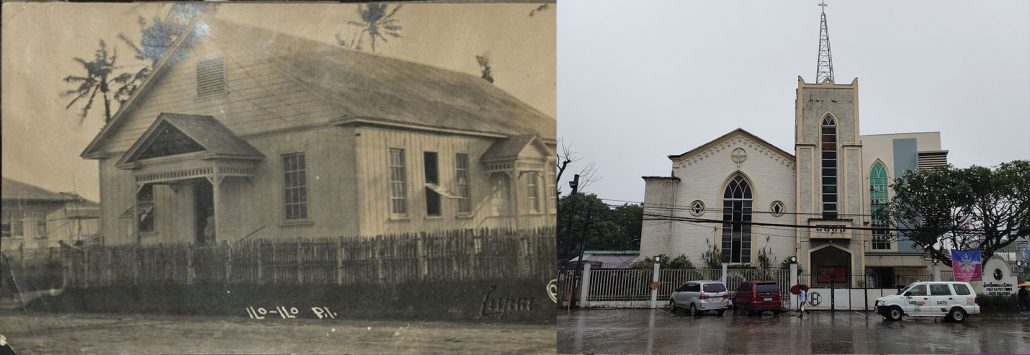
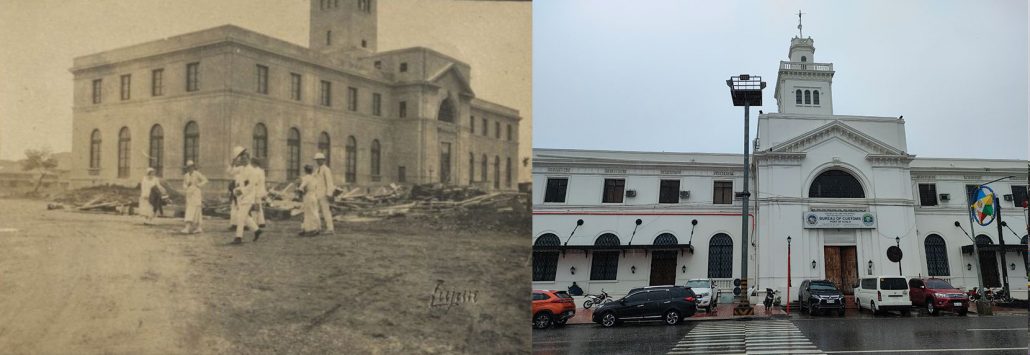
“One way to encourage the preservation of these heritage [and] these structures, [is] to tell the people how proud this city was kag kon ano ang ipabugal sang syudad sang una, amo ni ang nabilin na lang,” said Lujan.
For the historian, once Ilonggos, especially the young ones, become more aware of how beautiful and rich the city was, they can contribute to pushing Iloilo City further toward greatness.
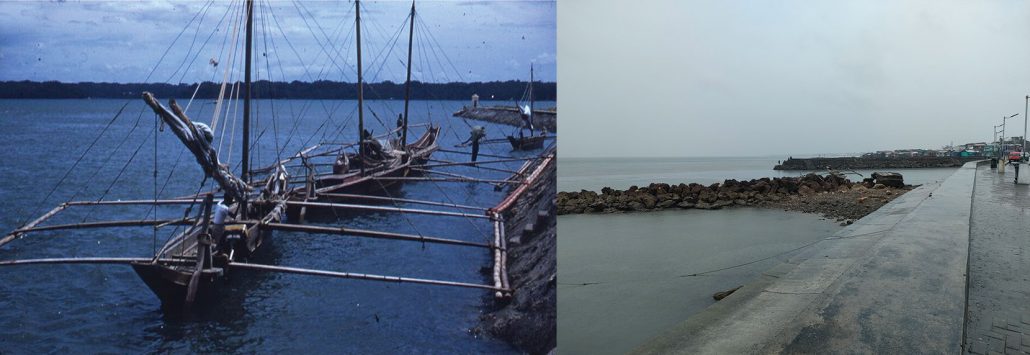
“You have to restore pride in the Ilonggos. They will realize that in the past, Iloilo City was second only to Manila. Once they realize that we are rich in history and culture, they will help contribute to bringing greatness back to Iloilo,” Lujan added./PN





